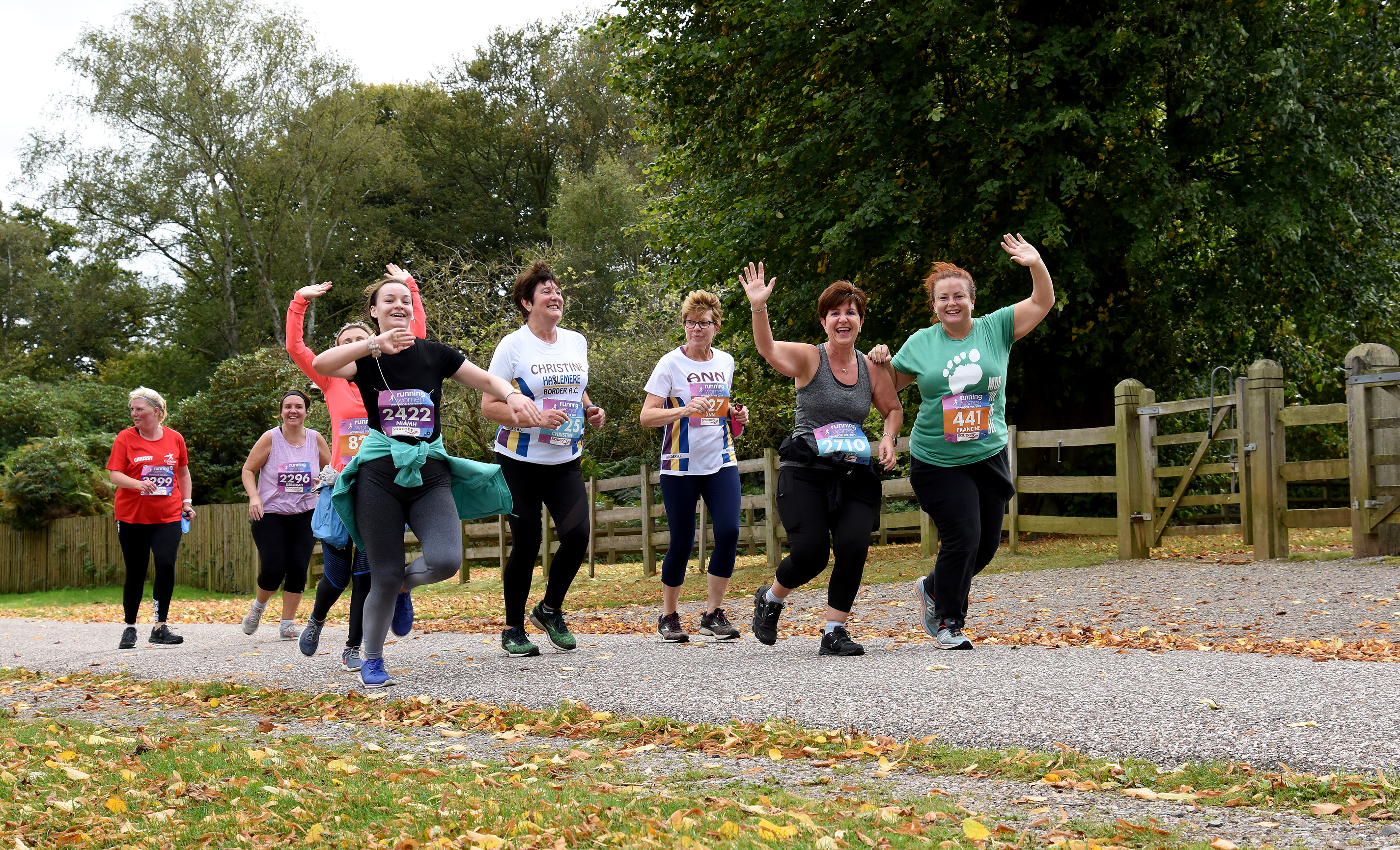Training For A 10K When Pushed For Time
Here’s how to train for a 10K on just 3 runs per week
In an ideal world, you’d be able to run whenever you want. No pressure, no stress. You could select any training plan, and complete every session.
But real life isn’t like that. For most of us, the best laid plans have to bow to family, work, and home life. But that’s no reason to sideline your running ambitions. It’s totally possible to train for a 10K (and do a decent time!) with just 3 training sessions per week.
If that sounds like your kind of training set-up, read on to see how to make the most of your precious running sessions.
The Checklist
– you have at least 6 weeks to train for the 10K
– you have a base level of cardiovascular fitness
– you are not a complete beginner to running
#1 Commit To 3 Runs Every Week
Make sure you can always get three runs in, whatever else life throws your way. There’s no need to do more than this, so relax. Think quality, not quantity. In fact, cutting back to three quality runs could mean much less risk of injury, over use, and fatigue.
#2 Stretch Between Runs
Spend 20-30 minutes every day doing some kind of stretching or mobility work. This could be stretching or foam rolling at home, a yoga session, or massage combined across the week. Focus on the quads and hamstrings, glutes, and calves. You don’t have to do a complex stretching routine – just keep things moving.
#3 Vary Your Routes
Within your three runs, switch up the routes and surfaces. This will keep you motivated, prevent staleness, and help your body work harder. Try to include at least one hillier route to boost your fitness. And if your 10K is particularly flat/hilly/off road, seek out routes that mimic the course.
#4 Keep Active
OK so you’re only running three times a week, but don’t let the rest of the week be totally sedentary. Remember your goal of 10,000 steps a day. Don’t sit for too long, too often. Spend time outside. Be an active, athletic person.
#5 Strength Work
It’s important to include some strength training into your running programme. This doesn’t mean going to the gym (unless you want to). Bodyweight work at home will be sufficient. Incorporate squats, wall sits, lunges, planks, press ups, and some back strengthening work (like the Bow Pose, if you know your yoga poses). Strength work is important for preventing injury, improving posture, and helping maintain a more efficient running style.
#6 If You’re Ill?
If you get ill during your 10K training, remember that a training plan is a guide not a rule book. If you have a temperature, fever, chesty cough (or anything else “below the neck”) take time off until you are better. Better to miss one or two sessions now, rather than pushing through only to crash and burn further down the line.
#7 No Panic-Runs
If you do have to miss some training sessions – due to illness or anything else in life – don’t attempt to cram in extra runs to catch up. Pick up your training plan and carry on. Doing extra volume increases your risk of injury and will impact your recovery capabilities.
#8 Adjust Your Goals
Whatever you’d like to achieve in this race, remember to run for yourself. A PB might be the ultimate aim, but we can never control what happens on race day. Enjoy it and be proud of your achievement.
Windsor Women’s 10k Saturday 27th September. Click here for details.
Similar Posts:
- Training For A 10K When Pushed For Time
- How To Train For A 10K Race With Limited Time
- What’s The Ideal Weekly Combination Of Training Runs?
- Train For Your First Sub-60 10K
- Your 8-Week Beginner Training Plan For New Runners
- Ready To Start Running In Spring?



